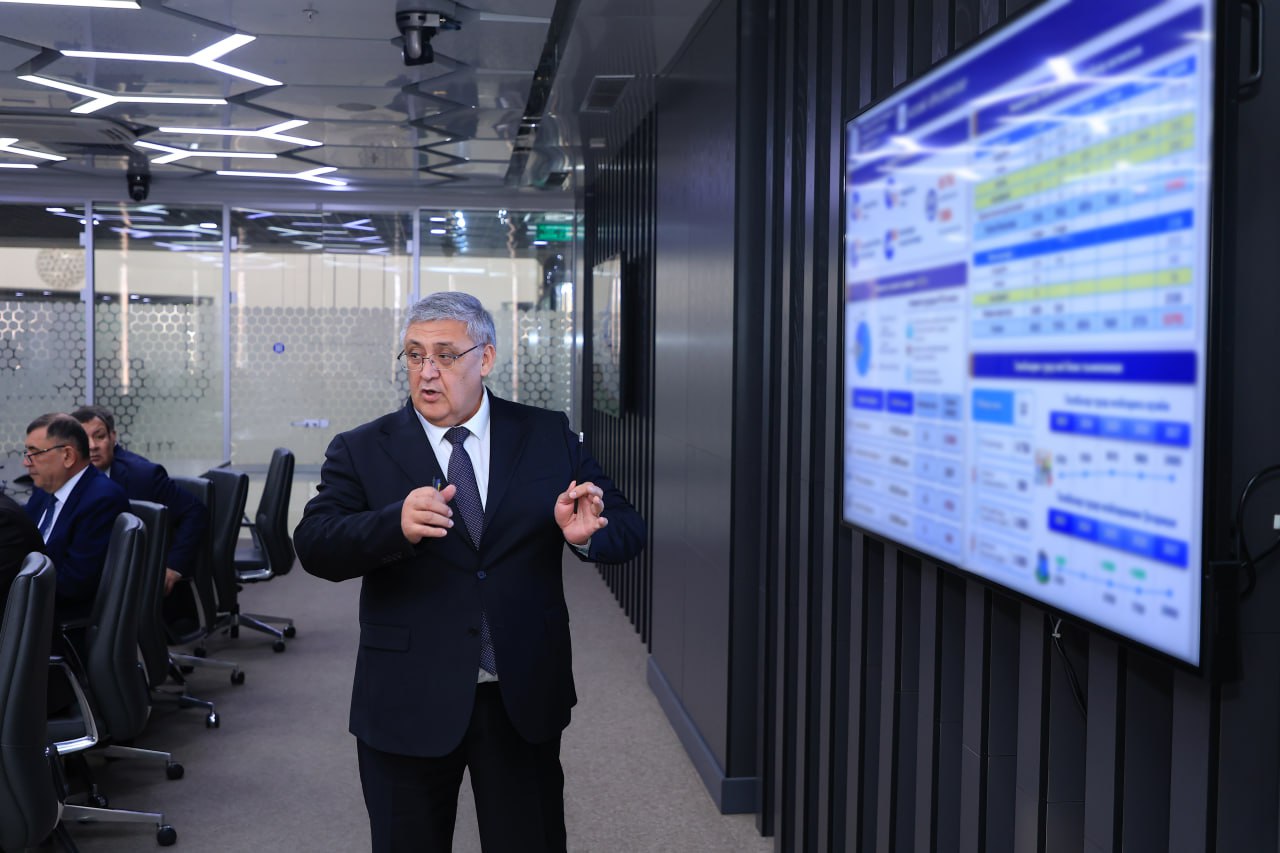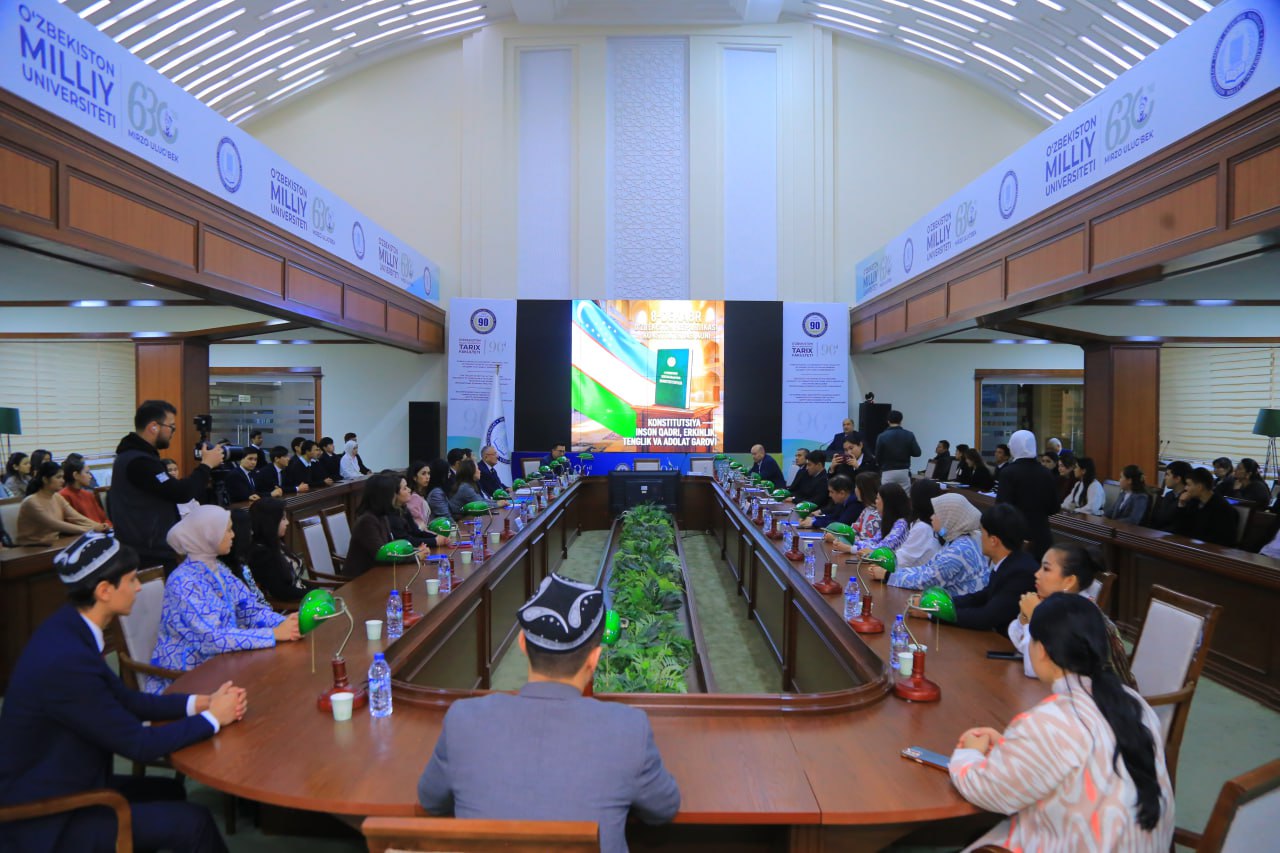Scientific adviser: Sabitova Naila Ismailovna
Project timeline: 4.01.2021-31.12.2023
Project code: UZB-Ind-2021-79
Project type: applied
Expected results and their relevance: Uzbekistan is located in sharp-continental, hot and arid climate largely determine the distribution of water resources in mountainous and plain areas. The main consumer of water resources is the population living in the lowland part of the country. Whereas, the main catchment area, numerous rivers of the region are located in mountainous and high-altitude areas. Rivers are fed by meltwater from seasonal snow cover, glaciers, and rainwater. Climate change negatively affects the area of glaciation in the mountainous regions of Uzbekistan.
Scientific research in the Republic has shown that water reserves in glaciers on the horizontal-glacial belt of mountains are sharply decreasing. This is a proof of the reduction of glaciation areas in the mountain systems of Tian Shan, Pamiro-Alai, etc. For example, according to published data, there were more than 8,000 glaciers in the territory of Tian Shan. The glaciation area was 7,3 thousand km2. The reserves of fresh water preserved in mountain glaciers were estimated at 650 billion m3. Over the period 1960-2005, about 100 glaciers disappeared from the Zailiysky Alatau (a mountain range in the northwest of the Tien Shan), the glaciation zone of the Western Tien Shan (the Pskem range) decreased by 16.8% over 20 years. There were more than 10,000 glaciers in the Pamir-Alai, covering an area of 9,820 km2.
From 1957 to 2000, in just 43 years, water reserves in Pamiro-Alai glaciers decreased by more than 25% (according to other data, more than 1000 glaciers disappeared in Pamiro-Alai during the period 1960-2005). In general, during the period 1957-1980, the glaciers of the Aral Sea basin lost 115,5 km3 of ice (approximately 104 km3 of water), which is almost 20% of the ice reserves as of 1957.
Due to the inaccessibility of high-altitude areas, there is no possibility of systematic direct observations of the state of glaciers. The most effective tool in studying the processes of the glaciers degradation of Uzbekistan is the use of remote sensing images and GIS technologies. Taking into account that all available information on glaciation in the studied regions of Uzbekistan includes data from the USSR Glaciers Catalogue as of 1957-1960, cartographic materials and glacier inventory data as of 1978-1980, 2000-2002, individual studies of 2010-2015 on analog satellite images, detailed research of the planned in this project are relevant.
The purpose and objectives: Determining the degree of degradation dynamics of the glaciers on the mountain systems of Uzbekistan using remote sensing images and GIS technologies.
To solve this problem, we offer:
I. To analyze the natural conditions of the mountain systems:
- Study of glaciers in the mountain systems of Uzbekistan;
- Study of patterns of change and interdependence of climate elements (temperature, precipitation) and melting glaciers;
- Study of materials of previous works.
II. Retrospective analysis:
- To conduct a comparative analysis of the dynamics of changes in the area of glaciers.
- To assess the size and volume of glaciers based on satellite and UAV data.
III. Development of GIS-based modeling of dynamics of glacier degradation in mountain systems of Uzbekistan and design proposal to reduce the impact on the degree of reduction of their areas
- Create a database on the degree of glacier degradation in mountain systems of Uzbekistan;
- Modeling glacier degradation using satellite, GIS
Important results achieved during the reporting period (at the end of the project):
The results obtained within the framework of the project “Studying the dynamics of glacier degradation in the mountain systems of Uzbekistan based on remote sensing” using remote sensing and GIS technologies, as well as field observations, such as:
- Long-term changes in areal and linear characteristics of glaciers in Uzbekistan, as well as their mass balance;
- Long-term changes in meteorological parameters of the high-mountain zone of Uzbekistan;
- Long-term changes in runoff from glaciers in Uzbekistan;
As part of the project, publish international scientific papers based on WoS and Scopus:
1. Ruzikulova O, Sabitova N. Experience in creating a soil-reclamation map of the Zarafshan river valley based on the system analysis of lithodynamic flow structures. Annual International Scientific Conference on Geoinformatics – GI 2021: “Supporting sustainable development by GIST”, 11 p. https://doi.org/10.1051/e3sconf/2021227030040.
2. Sabitova N., Ruzikulova O, The role of GIS technology in determining irrigated geosystems. Annual International Scientific Conference on Geoinformatics – GI 2021: “Supporting sustainable development by GIST”, 9 p. https://doi.org/10.1051/e3sconf/202122703003.
3. Saidaliyeva Z., Shahgedanova M., Yapiyev V., Wade A., Akbarov F., Esenaman M., Kalashnikova O., Kapitsa V., Kassatkin N., Kayumov A., Kayumova D., Rakhimov I., Satylkanov R., Sayakbaev D., Semakova E., Severskiy I., Petrov M., Umirzakov G., Usubaliev R., Water Isoscapes of Central Asia. Poster report on conference «Global Water Futures», Reading University, England 2021. https://www.researchgate.net/publication/354193324_Water_Isoscapes_of_Central_Asia.
4. СабитовТ.Ю. Моделирование воздействия климатических факторов на состояние окружающей среды бассенйа реки Пскем. Автореферат диссертации. Представленной на соискание ученой степени доктора философии (PhD) по специальности 11-00-05 – Охрана окружающей среды и рациональное использование природных ресурсов. Ташкент. 15 декабрь 2021г.
Monograph
Шукуров Н.Э., Петров М.А., Ни А.А. Шукуров Ш.Р., Мамиров Х.А. и др. «Эволюция и динамика природных и техногенных процессов, и их влияние на окружающую среду высокогорных и предгорных районов Узбекистана» Монография, 220 С., Ташкент, 2021.
Dissertation
Sabitov Timur Yurevich. Modeling the impact of climatic factors on the environment of the Pskem river basin. Dissertation abstract of doctor of philosophy (PhD) of geographical sciences. 11.00.05 – environmental protection and rational use of natural resources. Tashkent – 2021
Implementation
1. Used in international projects – UNESCO Adaptation Fund “GLOFCA” and SNSF “CROMO ADAPT” (Switzerland).
2. At the national level, the results obtained during the project will be implemented in NIGMI UZHYDROMET and in design organizations involved in hydropower construction in the high-mountain zone (Pskem river basin).


